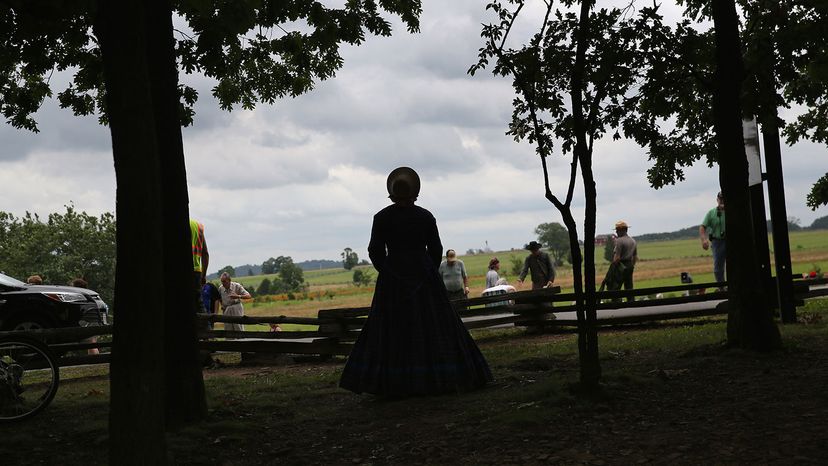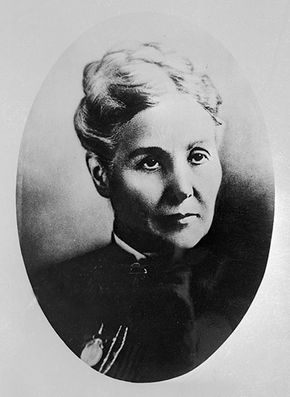
Mother's Day, one of the largest holidays in the world, has become an unstoppable idea. Whether it's a set of earrings or a dozen roses, few can imagine allowing a Mother's Day to come and go without giving Mom a gift.
In 2022, 84 percent of Americans planned to celebrate Mother's Day, spending more than $245 per gift, on average. This figure, which has grown without fail for decades, doesn't even count handmade perks like breakfast in bed. The top three gift categories were greeting cards, flowers and special outings [source: National Retail Federation].
Advertisement
How did the second Sunday of May become a milestone to mark the contributions of mothers in the first place? In the beginning, it wasn't all sweetness and light. In fact, it was far from a feel-good holiday designed to celebrate women and how they care for their families.
Mother's Day was built on radical ideals. It was an international movement meant to change the world, one that began through the collective efforts of influential women who sought to free the world from injustice and warfare.
The modern concept of Mother's Day grew out of a seed planted in 1858, when Ann Reeves Jarvis began organizing Mothers' Day Work Clubs to rail against the disease-causing environment of West Appalachia's poorest workers. She believed too many of the workers' children were dying from illnesses brought on by filthy conditions, so under the advice of her physician brother, Jarvis taught mothers how to boil water for drinking and keep food from spoiling. The practical nature of her Mothers' Day Work Clubs served as a model for nearby towns, and by 1860 the idea had spread across West Virginia [source: The Library of Congress].
Just as Jarvis' concept was gaining traction, her attention was drawn to another challenge. The American Civil War, which would play out from 1861 to 1865, was erupting right in her front yard.
Advertisement



